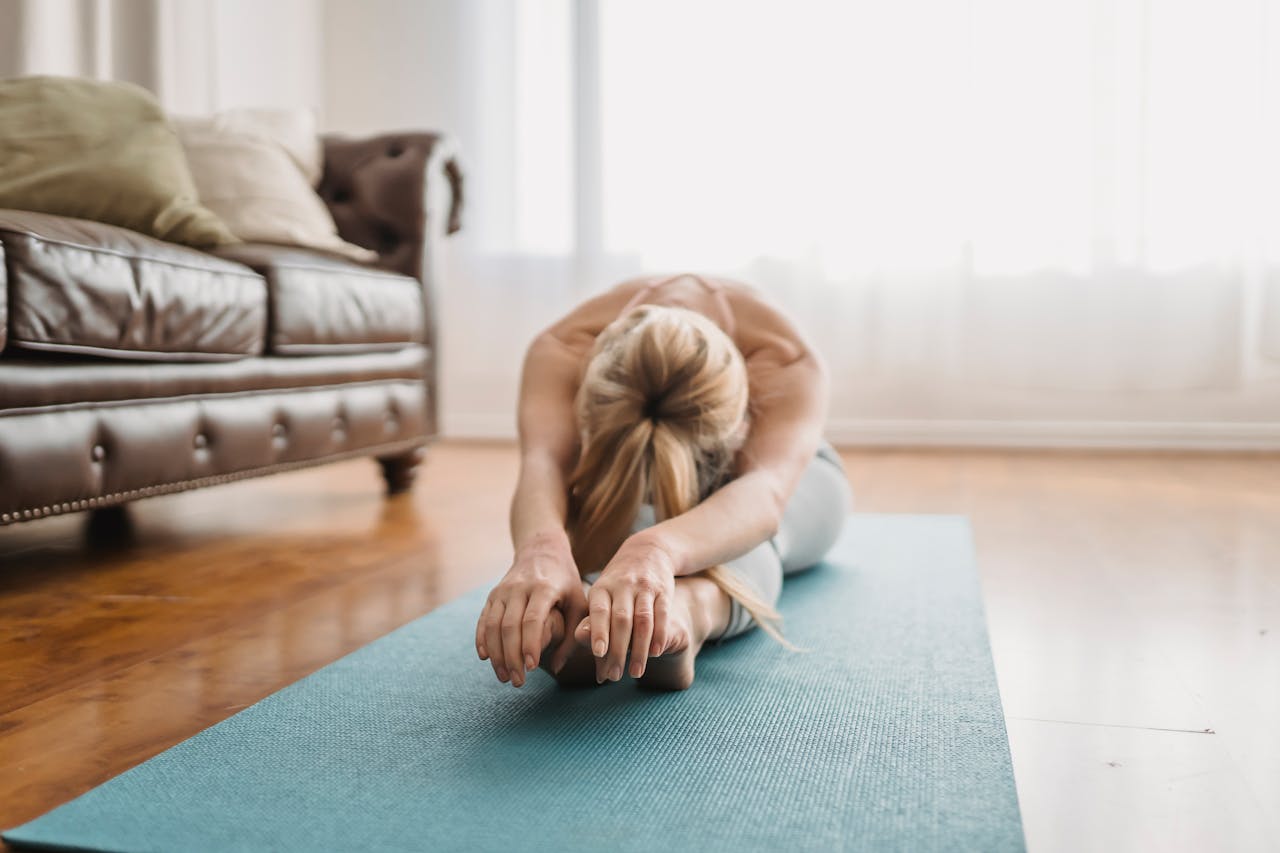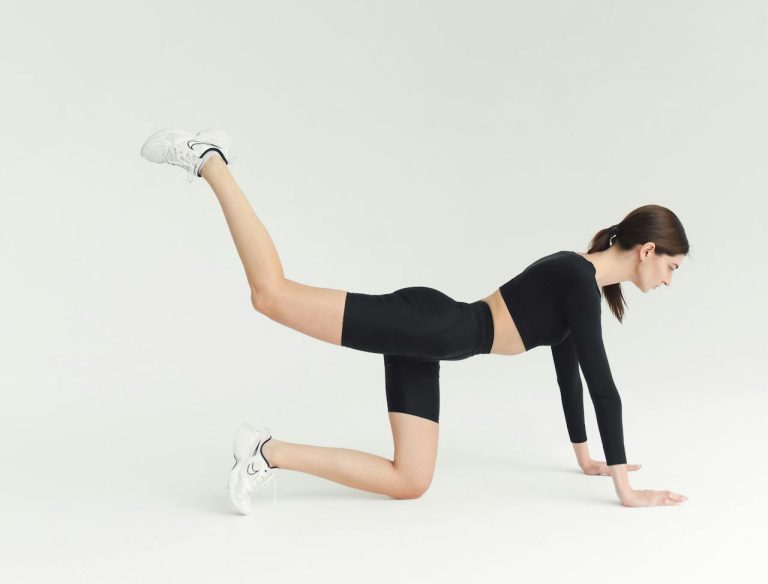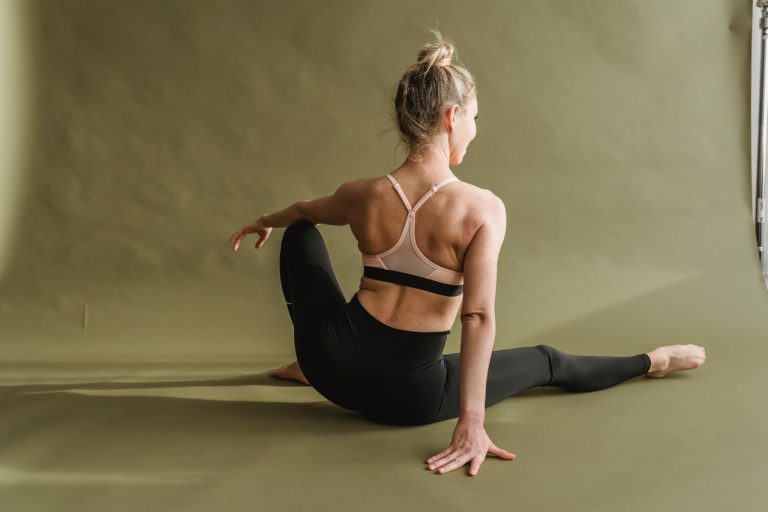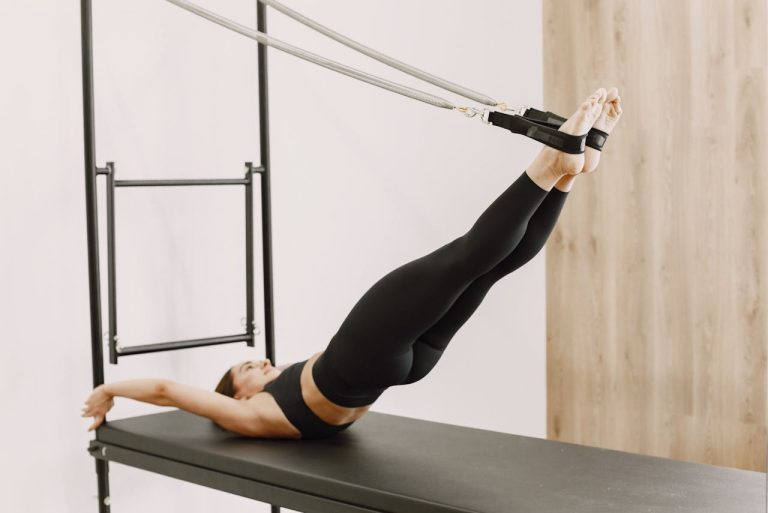Let’s be honest. Most nights, when we finally climb into bed, our bodies are tired but our brains… well, they just don’t get the memo. Instead of drifting off, we replay the day, plan tomorrow, and worry about that one awkward thing we said four years ago. You stare at the ceiling. You toss, you turn, you sigh.
If this sounds like you, you’re not alone. About a third of adults say they don’t get enough sleep, and even more struggle to “turn off” after a long day. For years, I thought this was just life. Maybe you’re the same—telling yourself you’ll sleep better “someday,” but not knowing how to actually make that happen.
Turns out, the solution wasn’t in another cup of herbal tea or a fancy white noise app. For me—and so many others—the answer came from something much simpler: a little Pilates, right before bed.
I know what you might be thinking: Pilates? At night? Isn’t that just another workout? Actually, nighttime Pilates is a whole different vibe. Forget sweating it out or racing through reps. Evening Pilates is about slowing down, connecting with your breath, and gently coaxing your mind and body toward rest.
Here’s how I made it part of my nightly routine—and why you might want to, too.
Why Pilates Helps You Unwind (According to Science and Real Life)
Before we jump into moves, let’s talk about why this works. When we’re stressed, our bodies get stuck in “fight or flight” mode. Our muscles are tense, our hearts race, and our brains run wild. The worst part? The more we lie there wishing for sleep, the more worked up we get.
That’s where Pilates comes in. Gentle, mindful movement helps tell your nervous system: “Hey, it’s okay to relax now.” You focus on your breath. You release tension from those spots that clench up during the day (hello, shoulders and hips!). Even five or ten minutes signals to your brain that it’s safe to let go and drift off.
Pilates isn’t magic. But if you do it right, it sure feels close.
My Favorite Night Moves for Restful Sleep
I started experimenting with different routines and found a handful of Pilates moves that work like a charm. Not only are these super gentle, but you can do them in pajamas. No fancy equipment required—just a mat or a comfy rug.
1. Child’s Pose with Deep Breathing
This one is my “reset button.” Kneel on the floor, sit your hips back over your heels, and reach your arms forward, letting your forehead rest on the mat. Close your eyes. Breathe in deeply through your nose, letting your back rise. Exhale slowly, and try to feel your whole body get heavier.
Stay for at least six breaths. Sometimes I stay for a whole minute, just listening to the quiet.
2. Pelvic Tilts
Lie on your back with your knees bent, feet flat on the mat. Inhale and arch your lower back just a bit. Exhale and gently press your low back into the mat, tucking your pelvis. Repeat slowly, moving with your breath—about eight to ten times.
This tiny move is the secret to releasing all that built-up lower back tension. Trust me, if you sit all day (like most of us), you’ll feel the difference.
3. Legs-Up-the-Wall
This one feels so weirdly good. Scoot your butt up to a wall and swing your legs up, resting them flat against it while your back and arms relax on the floor. Your feet might tingle or your calves might stretch a little—that’s totally normal.
Close your eyes, take a few slow breaths, and let gravity do the work. This pose helps drain tension from your legs and signals your whole body to relax. Stay for at least three minutes, or longer if you want.
4. Supine Spinal Twist
Lie on your back, hug your knees to your chest, then let both knees drop to one side while you turn your head gently to the opposite side. Take six deep breaths, then switch sides.
It sounds simple, but this twist melts away tension from your spine and can even help with digestion (bonus points if you had a late-night snack).
5. Guided Body Scan Stretch
This one is more about awareness than movement. Lie on your back with your arms and legs out comfortably. Close your eyes. Starting at your toes, tense each muscle group as you inhale, then release on the exhale. Work your way up—feet, calves, thighs, hips, belly, hands, arms, shoulders, face.
I like to do this slowly, and sometimes I fall asleep before I even finish. That’s how you know it’s working.
How to Build a Nighttime Routine That Actually Sticks
I’ll be honest: when I first tried doing Pilates at night, I was terrible at remembering. I’d plan to do it “after Netflix,” but then I’d just scroll until midnight and crash. The secret? I had to make my evening routine almost automatic.
Here’s what helped:
- Start right after you finish something else: I do my Pilates routine right after brushing my teeth. If I try to do it “later,” it doesn’t happen.
- Set the mood: I turn off the main lights and use a soft lamp. Sometimes I play quiet music, or even listen to a calming podcast. The point is to create an environment that feels cozy, not like a gym.
- Leave your mat out: If it’s rolled up in a closet, I won’t bother. But if I see it, I remember.
- Keep it short: Some nights, I only do two moves. That’s okay! It’s about consistency, not perfection.
Small Habits, Big Changes
After just a week of sticking to this routine, I started noticing real changes. It was easier to fall asleep. I didn’t wake up feeling so stiff or achy. Maybe most surprising of all: my stress levels were way down, and I started to look forward to bedtime. It became my “me time”—a way to close out the day, no matter how chaotic.
And it’s not just me. I’ve seen so many friends and clients have the same experience. A little movement, done mindfully, makes a huge difference. Your body learns to expect the routine and starts to wind down automatically. Your mind gets a break from racing thoughts.
If you want to see for yourself, try this:
Commit to a 7-day “Sleep Tight Pilates” challenge. Every night for a week, do the five moves above before bed. Keep a little notebook and jot down how long it takes to fall asleep and how you feel when you wake up. Give it a real shot. I bet you’ll be surprised.
Read Also: Is Pilates Good for Weight Loss? Here’s What You Need to Know
Tips for Making It Your Own
- Don’t stress about doing it “right.” If you’re moving and breathing, you’re doing enough.
- Do it with someone: A partner, a child, or even a pet curled up nearby. It makes the routine feel special, not like a chore.
- Stay flexible: Some nights you’ll want to do the full routine; other nights, maybe just a stretch or two. Both count.
- Forgive yourself if you skip: Life happens. The magic is in returning to your mat, not beating yourself up.
Tonight, Try This
Tonight, before you let yourself get sucked into one more episode or one more scroll, unroll your mat. Dim the lights. Move slowly, breathe deeply, and give yourself permission to unwind.
You deserve rest. You deserve a peaceful night. And sometimes, all it takes is a few quiet moves to remind your mind—and your body—that it’s safe to sleep.
Sweet dreams.








